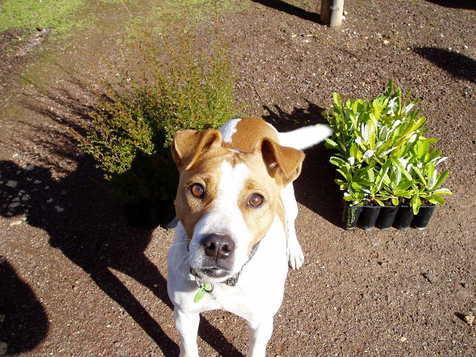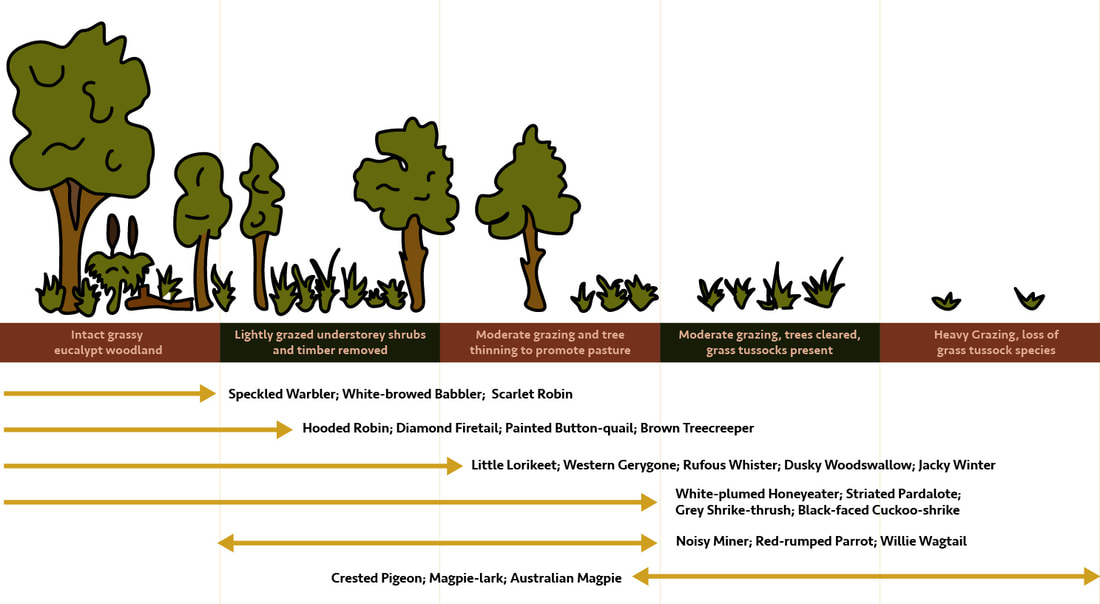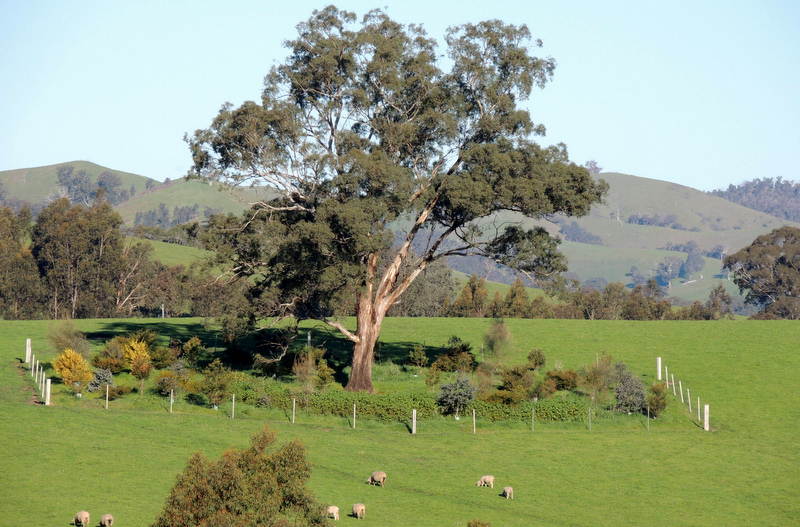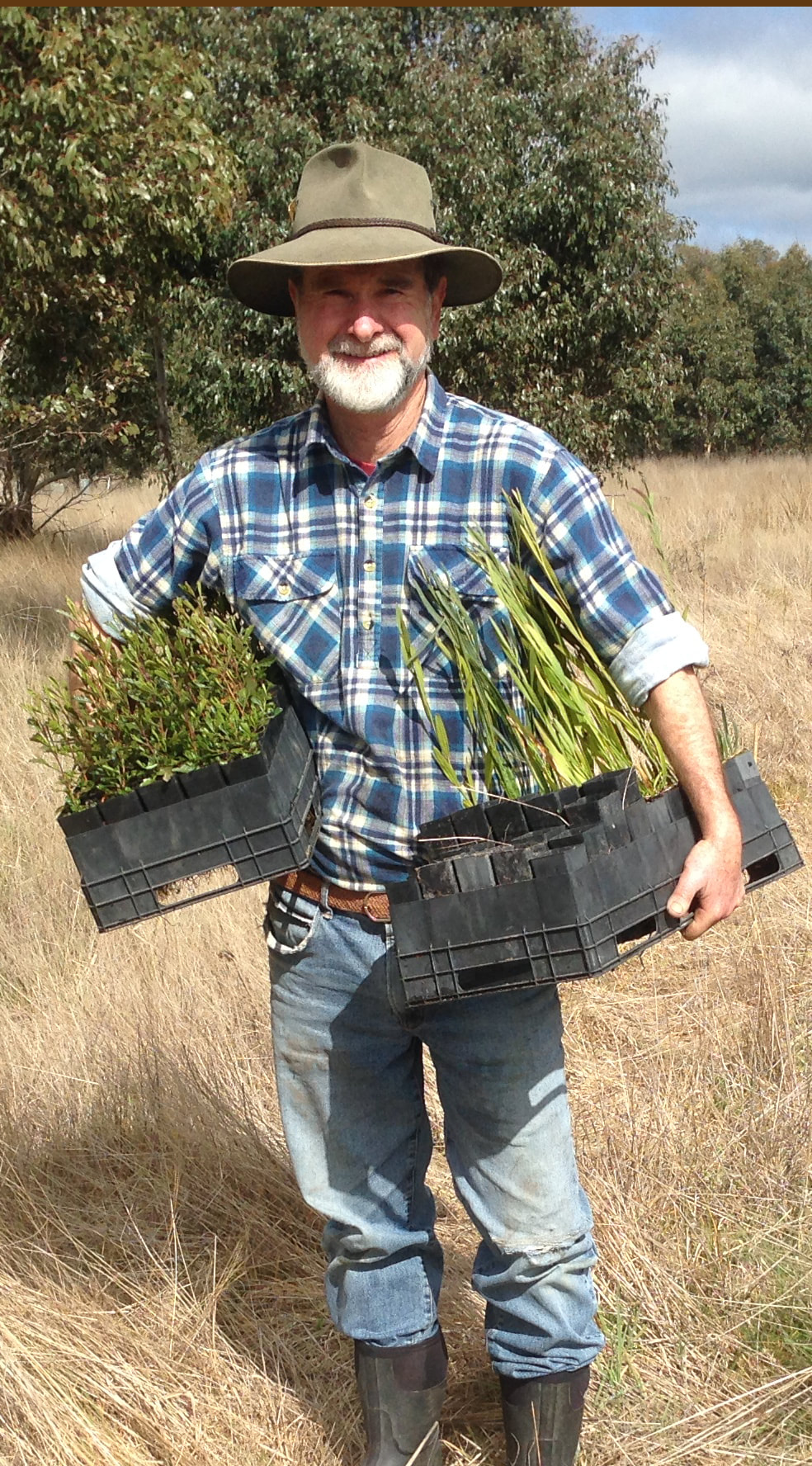Recreating the Country blog |
|
With vegetation clearing around Australia continuing apace, Landcare has to find cost effective ways of giving wildlife links across our 'wide brown land.' Putting back paddock trees is an important part of the answer.  Paddock trees within ‘line of sight’ (25m-100m), provide vital links in the vegetation chain Paddock trees within ‘line of sight’ (25m-100m), provide vital links in the vegetation chain Paddock trees are the ‘vegetation islands’ in open farmland that provide homes for many wildlife and sleepovers for migrating species. If paddock trees are within ‘line of sight’ (25m-100m), they provide vital links in the vegetation chain, supporting the migration of many insects and bird species. Wildlife can use old trees as stepping stones, as they follow their habitual migration path for food or warmer weather. Sadly, academic studies of the life cycle of old trees throughout Australia show repeatedly that they are dying, and critically, that they aren’t being replaced by the next generation of trees. A large study in the southeast of Australia in 2009 highlighted the need to protect paddock trees. Joern Fischer and his team from ANU looked at the natural regeneration of paddock trees across one million hectares in the Upper Lachlan catchment of NSW. Within the study area, they estimated there were 3 million paddock trees (an average of 3/ha) that were typically over 140 years old. Fischer's group found that these trees are not being replaced and are dying at a rate of 2% each year. This equates to the loss of 60,000 trees/year. Put another way, if each tree averages 20 hollows of various sizes (hollows are critical habitat for over 340 species of bird, mammal, reptile and amphibian), the death of the trees will eventually lead to the loss of over 1,000,000 hollows, therefore homeless wildlife, per year within the study sample alone. This study reflects the pattern of paddock tree loss throughout Australia and it is regrettably gaining momentum each year. Planting paddock trees at regular ‘line of sight’ intervals across our rural landscapes would help re-establish critical missing vegetation connections and provide many vital benefits to wildlife, vegetation and to farming. It would act as a valuable interim measure that would help reduce the ongoing losses of biodiversity caused by the isolation of remnant vegetation patches and shelter belts. The provision of regular shade and wind protection across open landscapes would buffer rural communities from severe weather events, as well as provide significant carbon sequestration gains to the nation. Paddock trees need companion plants Improving the habitat under and around remnant paddock trees is critical. It makes an enormous difference to their health and to the diversity of wildlife that they support. Planting small indigenous shrub species & grasses under a tree’s canopy, with taller indigenous understorey trees beyond the canopy, adds in the layers of vegetation essential for the majority of wildlife. (To read more about creating vegetation layers turn to Chapter 2 of Recreating the Country Ed. 2) Note: It is important to plant taller understorey trees beyond a paddock tree's canopy. For example, the taller species of wattle, sheoak, paperbark and banksia, because they will stress the old paddock trees by competing for moisture, light and soil nutrients. The extra birds and insects attracted by these ‘companion plants’ help to control insects that defoliate the paddock trees and that also attack nearby crops and pastures. Including some nectar-producing understorey species will help to support the many insect-eating birds, lizards, mammals, parasitic wasps, flies and spiders, which are necessary to keep defoliating insects under control. ‘A healthy bird community removes between 50% & 70% of the leaf-feeding insects from patches of farm trees and so plays a valuable role in keeping those trees alive.’ (Barrett R. (2000), Birds on Farms, Birdlife Australia) To read more about paddock trees, their beauty, their values, and how to restore them, please click here  For more information about this topic and other important aspects of revegetation and landscape restoration, the new edition of, 'Recreating the Country - Ten key principles for designing sustainable landscapes,' ... will provide you with well researched and tested solutions. Click here to read more about this new book 'This is a beautiful book, which shines with the optimism and determination of the rural community, bearing witness that we can do more (individually and collectively) to recreate the country that we want.' Richard Loyn, Ecologist and adjunct professor, La Trobe University
0 Comments
Leave a Reply. |
Click on the image below to discover 'Recreating the Country' the book.
Stephen Murphy is an author, an ecologist and a nurseryman. He has been a designer of natural landscapes for over 30 years. He loves the bush, supports Landcare and is a volunteer helping to conserve local reserves.
He continues to write about ecology, natural history and sustainable biorich landscape design. 
|




 RSS Feed
RSS Feed
